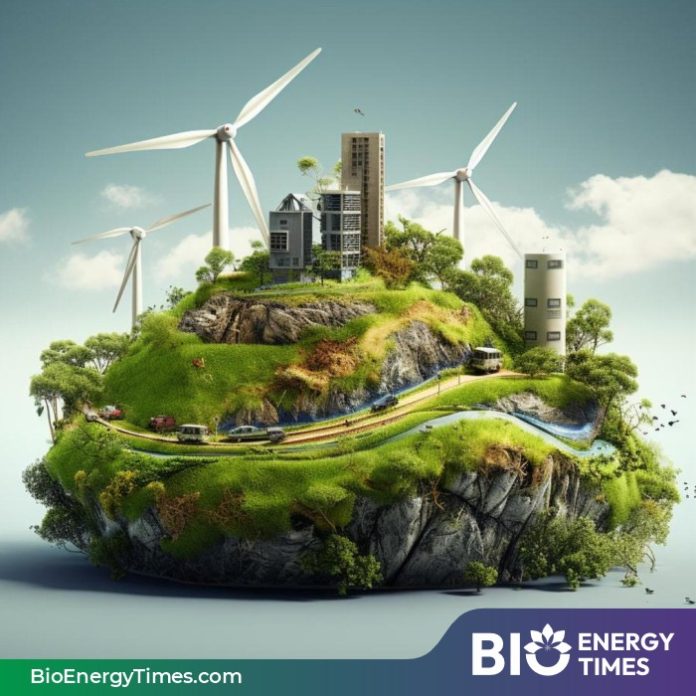Nomura has forecast strong growth for India’s power sector, projecting a compound annual growth rate (CAGR) of over 7% in electricity demand between FY24 and FY27. This surge is attributed to a combination of factors, including an uptick in economic activity, greater electrification, and rising demand from emerging sectors such as data centres, electric vehicle (EV) charging, and green hydrogen production.
Changing weather patterns, which have recently led to supply shortages, are also expected to contribute to the increasing demand for power. In FY25, electricity consumption is anticipated to rise by 7.2% year-on-year, slightly higher than the 7.1% growth recorded the previous year.
India’s strides in renewable energy are also noteworthy, with renewables projected to account for 35% of the country’s electricity supply in FY25, up from 33.5% in FY24. Solar and wind energy are expected to make up around 75% of the incremental power demand by FY25, with solar alone set to grow by 23% year-on-year. This growth supports India’s ambitious goal of achieving 500 GW of renewable energy capacity by 2030, a key component of its net-zero emissions target by 2070.
By FY30, renewables are forecast to comprise 55% of India’s total installed capacity, positioning the country as a global leader in renewable energy.
Key drivers shaping the country’s future power demand include the rapid expansion of data centres, electric vehicles (EVs), and green hydrogen production. Data centres are growing quickly due to the surge in digital activities like e-commerce, streaming, online education, and the adoption of technologies like AI, IoT, and 5G. Nomura estimates that India’s data centre capacity will grow from 960 MW today to between 7.5 GW and 9 GW by FY30, driving a substantial increase in power consumption for the sector—from 8.4 TWh to as high as 80 TWh in a bullish scenario.
Green hydrogen, which is seen as a critical growth area, is expected to account for an additional 150 to 300 TWh of power demand as India ramps up production to support the decarbonization of various industries. Meanwhile, the adoption of electric vehicles is projected to further boost power demand, especially in the transport and logistics sectors.
To accommodate this rising demand and support renewable energy, India’s power transmission infrastructure is set to undergo significant upgrades, with an estimated USD 110 billion investment between FY22 and FY32. The National Electricity Plan (2023-32) outlines key investments, including the addition of 162,646 circuit kilometres (ckm) of transmission lines and 1,094 GVA of transformation capacity. These investments will provide substantial opportunities for product manufacturers with strong domestic capabilities and advanced technologies.
The plan also aims to increase inter-regional transmission capacity from 119 GW to 168 GW by 2032, improving the flow of power between states. New high-voltage direct current (HVDC) lines, with a combined capacity of 33.25 GW, will complement the existing 33.5 GW, ensuring more efficient long-distance power transmission.
India’s energy transformation is expected to continue well beyond FY30, with Nomura forecasting that renewable energy will supply 49% of the country’s electricity by 2040. This shift will be supported by advancements in battery storage technology and declining costs for solar installations. By FY30, India’s total installed power capacity is projected to reach 777 GW, with renewables—solar, wind, and hydro—expected to form the backbone of the nation’s power sector.
















